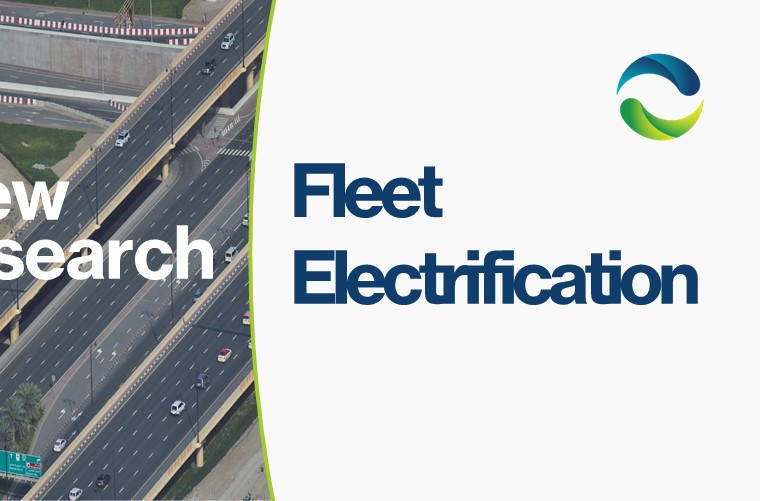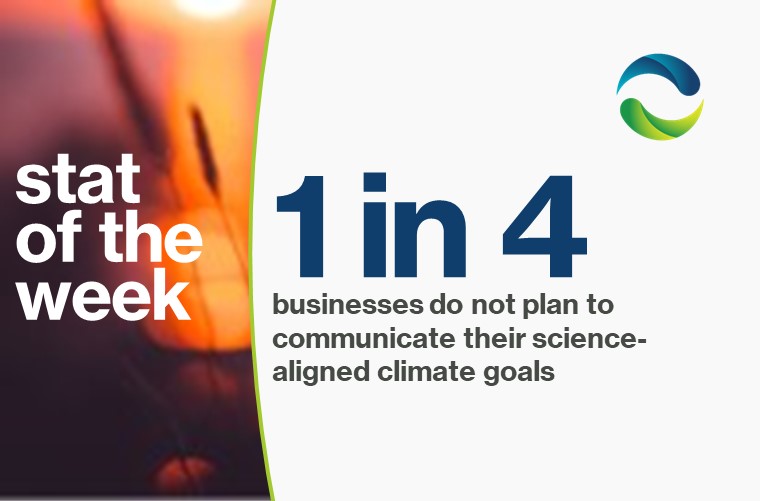Reflections and recommendations for the built-environment and the Inflation Reduction Act:
After the IRA’s first anniversary, The Climate Board conducted research and in-depth interviews to understand how businesses with real estate holdings are taking advantage of the law and its incentives.
In our latest publication, we present those corporate sentiments in addition to recommendations for how to engage with the IRA moving forward.
TCB has five key, high-level takeaways:
- Lack of widespread understanding of the IRA and how to use it: Sustainability leaders do not feel confident in their understanding of the technical language within the tax code. This introduces the additional step of engaging internal/external tax experts. Some businesses hired consultancies to make sense of the IRA. For others, the sustainability leaders are responsible for monitoring the law. Even if businesses understand how they might take advantage of IRA incentives, many were concerned about ensuring their specific project met the requirements to receive the tax credit.
- Business leaders have adopted a “wait-and-see” approach: Decision-makers want proven case studies of how others have taken advantage of the IRA. There is some uncertainty around the political future of IRA and climate investment more broadly. Businesses want to know if these credits will still be available after the general election.
- Take advantage of the IRA’s “carrots” to avoid regulatory “sticks” in the future: Taking advantage of incentives in the IRA while on a path toward decarbonization can protect a business from punitive measures in the future. it is vital to compare the costs of energy-related retrofits with the fines/penalties coming to your jurisdiction. Make the business case to your internal stakeholders that improving your built environment can be a prudent financial decision.
- New, expanded eligibility for tax-exempt entities: One of the most consequential changes to provisions within the IRA was the expansion of eligibility to tax-exempt entities. Today, these organizations can directly benefit from the tax incentives through direct pay, but we’ve found that some financial leaders may not realize they are now eligible for additional savings.
- Make the business case through education: Successful use cases help make the business case to internal decision-makers as well as ensure confidence in the benefit of IRA provisions. Where applicable, vendors and consultant partners are often the ones educating businesses on what is available in the IRA. Architecture and design firms can provide tangible examples from their other clients. Making the business case for sustainability initiatives involves pointing to successful projects completed elsewhere.
TCB Members can access the full report here: https://www.theclimateboard.com/research/engaging-with-the-inflation-reduction-act/
Please submit a request on our site or email operations@theclimateboard.com if you would like access to the full report.



